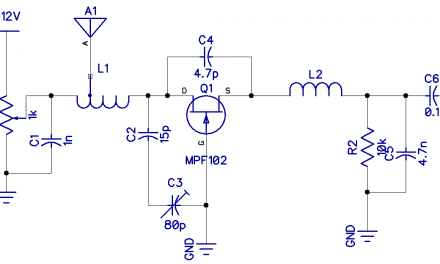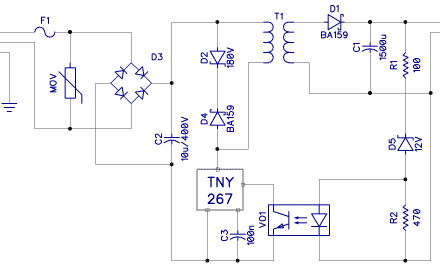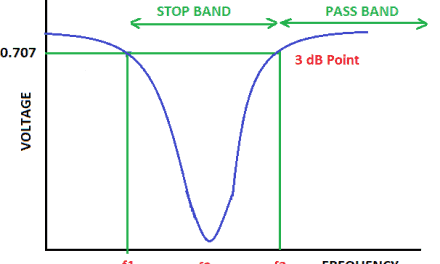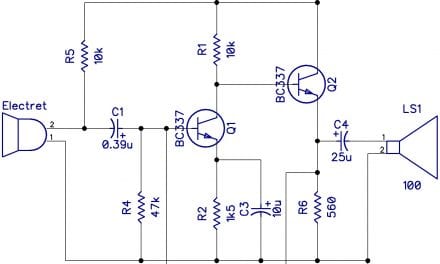Light Emitting Diodes (LEDs) are an electrical light source composed of two electrodes that are in contact with each other. Electricity flows in only one direction specifically entering through the anode and out through the cathode. Electrical current flow charges the atoms in one material then becomes an electron for the other conductive material and eventually creates the light.
Common Uses of LEDs
- Interior/Exterior lighting
The uses and functions of LEDs depend on the place where it is used. It can be used is TV backlighting, smartphone backlighting, LED displays, automotive lighting, and dimming of lights. LED usage ensures a longer battery life for devices due to its lower output voltage and lesser power consumption.
- Status indicators
LEDs can also be used to show the status of a device. For example, LEDs are frequently used to indicate if a device is on, off, or in some other mode of operation.
LEDs are also good for showing a sequence of numbers that is created by enabling or disabling any of the seven LED segments to display a digit. On the other hand, matrix displays can show icons, other basic graphics, and form alphanumeric characters since they are square or circular pixels. You also have the option to maximize the amount of information you can display in a small space by scrolling characters and graphics across the display.
Optocouplers provide electrical isolation between an input source and an output load by means of a light-sensitive optical interface. In this electronic component, LED is used to detect the emitted infrared beam by producing infrared light and a semiconductor photo-sensitive device. The intensity of the current from the source signal passes through the input LED which emits an infrared light proportional to the electrical signal.
Benefits of LEDs
Some of the benefits of LEDs are the following:
- Energy efficient – LEDs have 80-90% efficiency which means up to 90% of its energy can be turned into light and not heat, unlike some bulbs which loses 80% of its energy as heat.
- Tough and durable – They’re made from hard plastic that can stand harsh weather, shocks, vibrations, and abrasion.
- Directional – you can modify the direction of the light wherever you want it to be without wasting any of it.
- No UV emissions – LEDs produce very little infrared light that’s why it is being used in museums most of the time. They don’t degrade stored materials with either UV or heat. It helps in illuminating displays but also prevents damage to artifacts.
- Controllable – you can control whether you want it dim or bright or what color you want it to appear.
- Works in extreme temperatures – LEDs are reliable even when the mercury drops unlike other lights such as fluorescents that can be affected by very low temperatures. This is also the reason why it is being used in freezer rooms.
- Long life – lasts up to 50,000 hours or more if properly engineered.
These are just some of the benefits of LEDs that make them very economical and efficient in real-life applications.
LED Polarity
LEDs are from the family of diodes so just like its relatives, it is also polarized.

There are a lot of ways to identify the negative and positive pins of LED. You can check for the longer leg that indicates positive or the anode pin and the shorter leg as the cathode pin. If you can’t identify it through its legs, you can look for the flat edge on the LED’s outer casing. The pin nearest the flat edge will be the negative, cathode pin. When using a multimeter, if the negative lead touches the cathode and the positive lead touches the anode, the LED should light up.
Current Limiting Resistors
If a high amount of current is going through your LED, it will burn out too fast. On the other hand, if less current is going through it, it might not be enough to light up the LED. To control this, a current limiting resistor is used to reduce the current in a circuit.

You need to find the values of current, Vf and Vs, to obtain the value of the current limiting resistor that you will need. The forward current can be found in the LED datasheet as well as the forward voltge drop while Vs is your supply voltage. Once you have all these values, you can use the equation below to determine the current limiting resistor.

Using Kirchhoff’s current law (KCL), the current from the source through the resistor and LED that goes to the ground is the same. If you use Kirchhoff’s voltage law (KVL), the supply voltage is equal to the voltage drop across the resistor that adds up to the forward voltage drop of the LED.
For example:
What is the current limiting resistor value you need if you have one LED and want to power it with a supply voltage of Vs = 3.5V?
To calculate the current limiting resistor,
- Check an LED datasheet for the LED’s recommended forward voltage and forward current specifications. For this example, they are 3.1V and 30mA respectively.
- Convert all of your units to Volts, Amps, or Ohms.
- Place the values into the equation above, where i = 30mA or 0.03A.

If you can’t find a resistor having this value, it’s ok to round up to the next highest common value. Hope this helps you to use LEDs in your own electronics projects. Be sure to leave a comment below if you have questions about anything!










